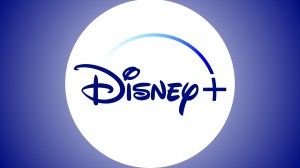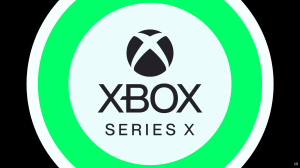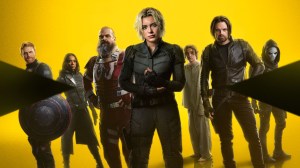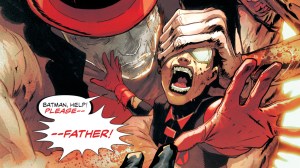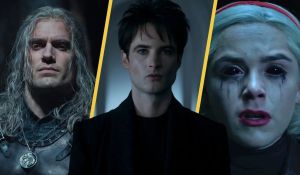As the Marvel Cinematic Universe has been going strong since 2008, it’s unsurprising that the franchise has evolved significantly since that time. Since beginning with Iron Man, the MCU has grown to incorporate many new heroes, villains, and stories, broadening its horizons and adapting more and more of the Marvel Universe of the comics into live-action. The franchise’s story is divided into Phases, with its releases falling squarely into a narrative bracket. Phase 1 of the MCU, for example, concerned the introduction of the franchise’s initial Avengers in solo movies, and ended with the team being assembled in 2012’s The Avengers.
Videos by ComicBook.com
In the years since, the franchise has changed considerably. The MCU movies of 2025 have brought its narrative forward in a major way, bringing it closer to the planned conclusion of its Multiverse Saga. However, the ways that the MCU has changed mean that looking back over Phase 1 of the franchise in 2025 highlights some interesting and contradictory points. Armed with the knowledge that 17 years of releases has provided us, there are certain aspects of the MCU’s early days that stand out in a whole new light.
1) Hawkeye is Barely a Founding Avenger
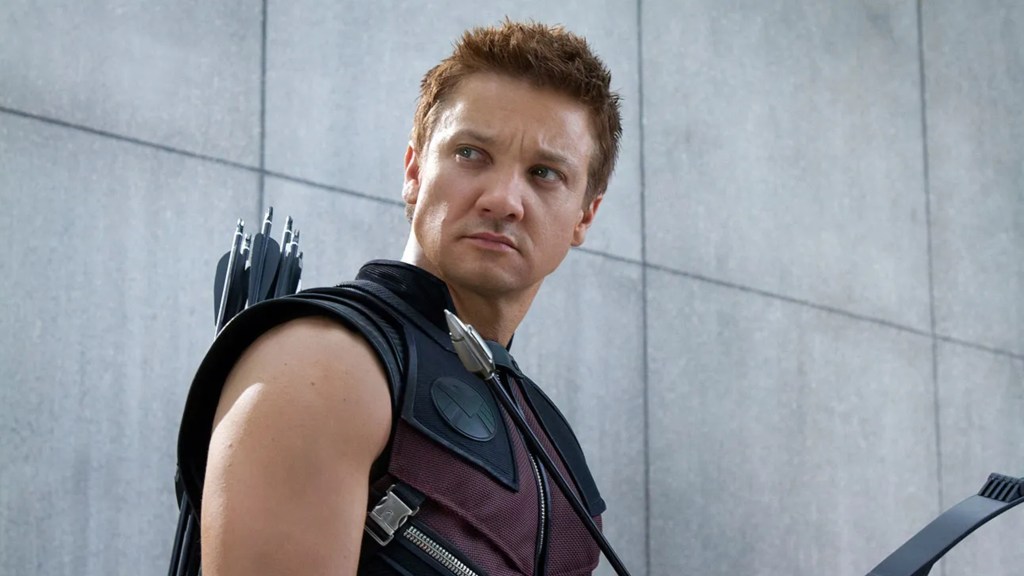
The culmination of Phase 1 of the MCU saw the formation of the Avengers, who came together in order to stop Loki and his Chitauri army from invading and enslaving Earth. The team formed with six founding heroes: Iron Man, Captain America, Hulk, Thor, Black Widow, and Hawkeye. However, looking back at Phase 1, specifically at The Avengers and its story, makes it clear that Hawkeye barely qualifies as a founding member of the iconic team.
Later movies in the MCU established Hawkeye as a valuable member of the team, fleshing out his backstory and celebrating him as one of the longest-standing heroes in the franchise. However, The Avengers saw him placed under Loki’s control from the start, and he spent most of the movie working against its heroes. He wasn’t even present when the team first came together for the first time, making his reputation in the franchise as a founding Avenger seem something of a fallacy.
2) The Lack of Captain Marvel is Weird
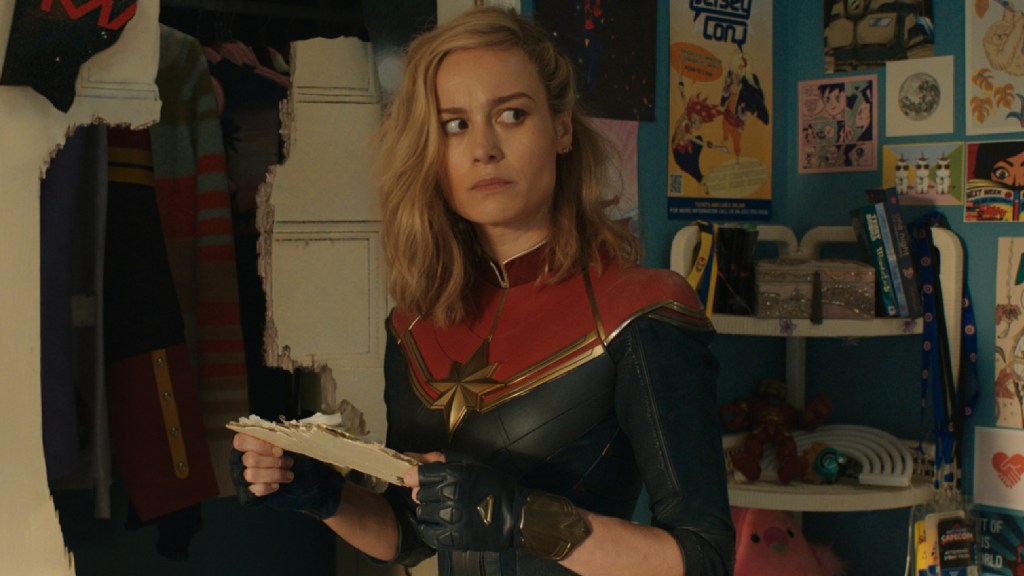
There are many powerful heroes in the MCU, many of which did not feature at all in Phase 1 of the franchise. Captain Marvel is one of them, as she made her MCU debut in 2019’s Captain Marvel. Her solo movie introduction served as a prequel to much of the franchise’s story, as it was set in 1995, and involved Carol Danvers arriving on Earth to battle a Skrull threat, meeting a young Nick Fury in the process. Unfortunately, the movie’s prequel setting caused problems for Phase 1 in hindsight.
Looking back on Phase 1 knowing Fury’s history with Captain Marvel makes multiple elements of The Avengers seem odd. Fury repeatedly mentions the need for Earth to take measures to protect itself against new extraterrestrial threats, when in fact he had known about the presence of powerful alien empires for almost two decades. Additionally, the fact that he didn’t think to contact Captain Marvel to help battle Loki and the Chitauri makes very little sense, even if audiences had no way of knowing it at the time.
3) The Inconsistent History of SHIELD is Too Obvious
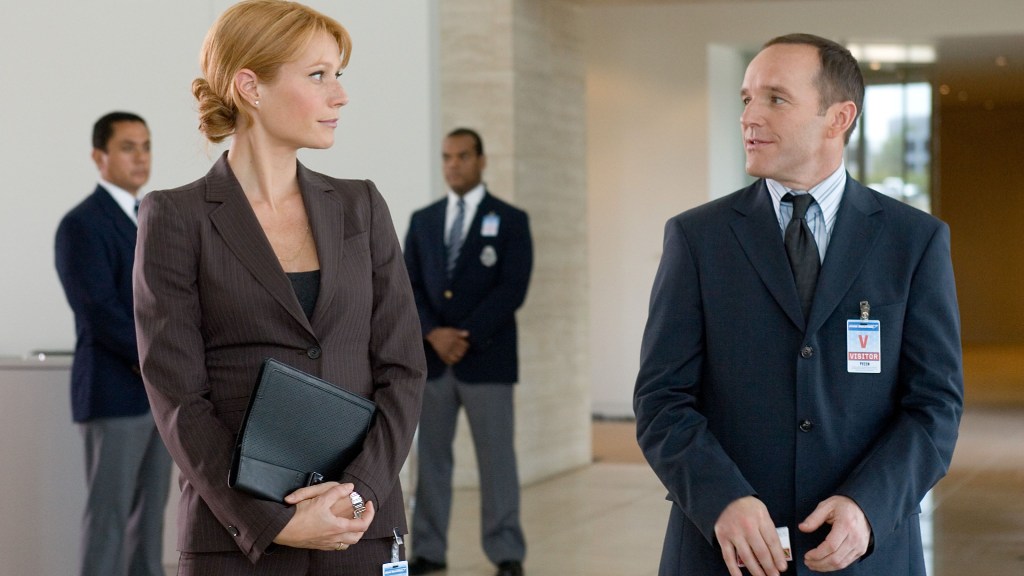
2008’s Iron Man did far more than just adapt its titular hero into live-action; it laid the foundations for an entire shared universe of movies and TV shows. Part of the way it did this was by establishing that other Marvel characters and organizations exist within its continuity, largely through the appearance of characters connected to SHIELD. A running joke throughout the movie is that Agent Phil Coulson is attempting to contact Tony Stark, stating that he’s from the Strategic Homeland Intervention, Enforcement, and Logistics Division, with characters poking fun at the organization’s clunky name.
Coulson’s final appearance at the end of the movie sees him reference that they have decided to simply use the acronym SHIELD, setting up their involvement in future stories. However, later movies established that SHIELD had already existed for decades at this point, with the acronym being used by other characters in flashbacks and time travel scenes long before Coulson’s first appearance in Iron Man. What seemed at the time to be a fun reference to the Marvel Comics source material has since become an obvious and frustrating inconsistency in the MCU.
4) Thanos’ Original Plan Doesn’t Make Sense

It wasn’t until the final moments of The Avengers‘ post-credits scene that Thanos was officially revealed as the driving force behind the events of the movie. The Mad Titan’s cameo confirmed his role in the franchise, and also teased that he would become a major threat towards Earth and the Avengers. The MCU’s Thanos obsession has been prevalent ever since, even years after the villain’s defeat in Avengers: Endgame.
Looking back on The Avengers, though, it becomes all too clear that Thanos’ plan made no sense in the movie. Later MCU instalments established that Thanos wanted to collect the Infinity Stones in order to decimate half of the universal population, so sending Loki to Earth armed with the only Stone he had at the time served no purpose. If Thanos wanted to take over the Earth, he could have done it himself, or otherwise should have simply continued to seek the Infinity Stones without becoming too involved in Earth’s affairs.
5) Phase 1 Brushes Over an Important Iron Man Story
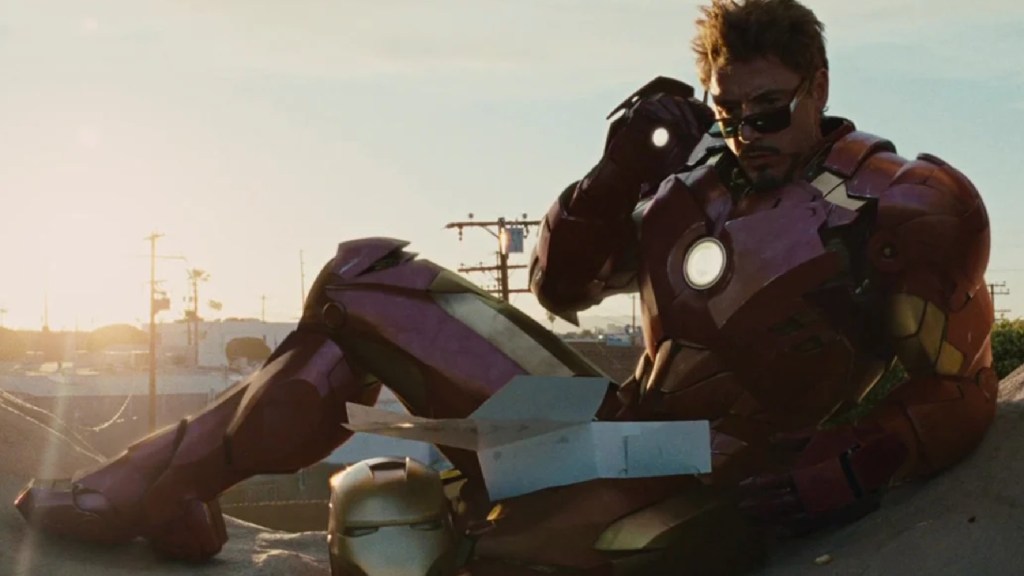
The MCU’s Phase 1 had an incredibly difficult task to complete, as it had to introduce several individual heroes and their stories while also establishing their connections to one other within the wider universe. For the most part, the movies of Phase 1 did an exceptional job, fleshing out the franchise’s characters while also building the MCU’s narrative arc. However, it did set up and then skim over some important stories, which becomes all the more frustrating looking back in 2025.
Iron Man 2 set up an adaptation of the Demon in a Bottle storyline from the comics, in which Tony Stark battles alcoholism. Despite beginning the story, the movie simply skips over any conclusion of it, and later movies in the MCU did nothing to readdress Stark’s dependence on alcohol. Considering the hero’s story has since come to a definitive conclusion, revisiting Phase 1 highlights just how badly the storyline was wasted.
6) Coulson’s Agents of SHIELD Return Hurts The Avengers’ Story
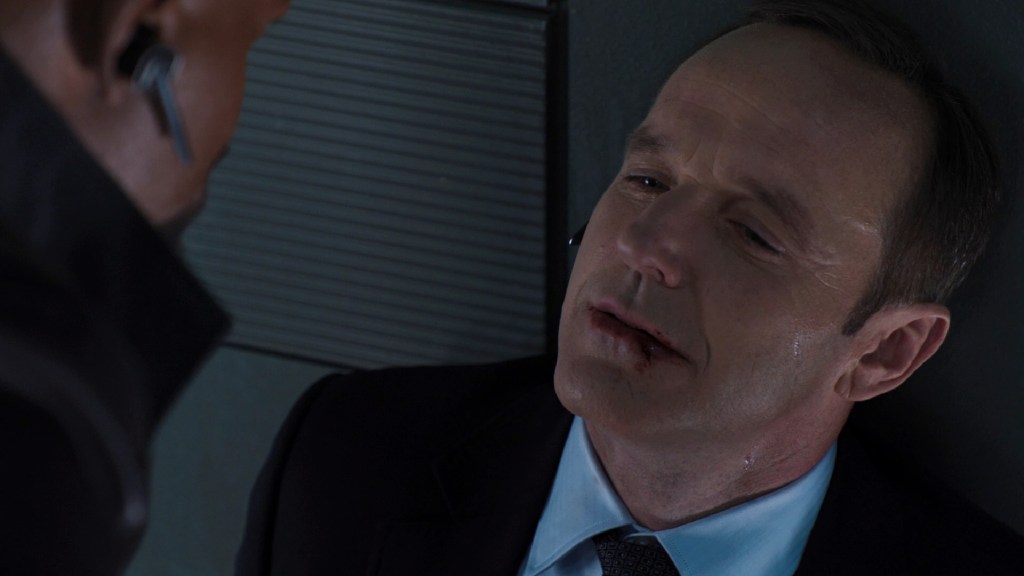
In the years since Phase 1, there have been many MCU TV shows that have served to broaden the franchise’s horizons, introducing many new characters and even alternate universes. Though Agents of SHIELD is often overlooked as a part of the MCU, it did considerably expand upon the titular organization. However, rewatching The Avengers in 2025 with knowledge of Agents of SHIELD redefines the events of the movie for the worse.
The death of Agent Phil Coulson at the hands of Loki turned out to be the final nudge the heroes of the MCU needed to band together and form the Avengers. However, in order to facilitate his role in Agents of SHIELD, the show established that he was swiftly resurrected using an experimental treatment involving Kree blood. The show’s use of the character massively undermines his heroic sacrifice, and also cheapens the founding of the Avengers, which was written to be a direct result of losing Coulson.
7) Black Widow Deserved a Much Better Introduction
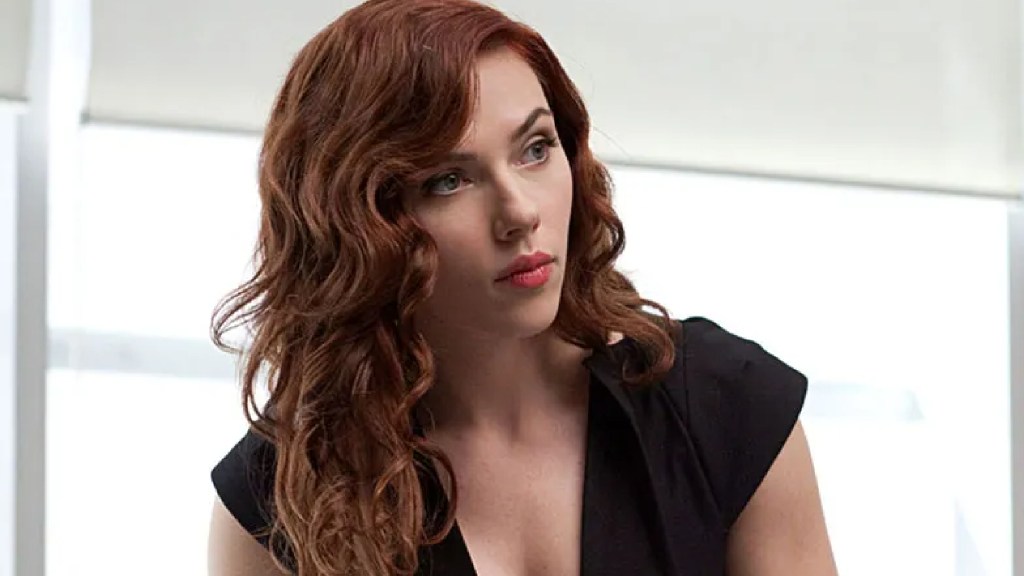
Of the MCU’s six founding Avengers, only four received solo movies in Phase 1 of the franchise. Both Hawkeye and Black Widow were only introduced as supporting characters in other movies – or, in Hawkeye’s case, in a relatively small cameo – though they went on to join the team by the end of Phase 1. Black Widow made her debut in Iron Man 2, where she initially posed as Tony Stark’s assistant in order to monitor his behavior for SHIELD.
Rewatching Iron Man 2 in 2025 highlights what a poor introduction this was for Black Widow, though. Scarlett Johansson’s performance in the role over the years was absolutely exceptional, and she proved more than capable of leading a solo movie in 2021’s Black Widow. In fact, looking back on Iron Man 2, Black Widow was one of the movie’s best characters, which only serves to emphasise that she deserved a far more substantial introduction into the franchise.
8) Captain America Foreshadowed Iron Man’s Ending

Since his live-action MCU debut in 2011’s Captain America: The First Avenger, Steve Rogers served as one of the franchise’s most important figures. Across his tenure in the franchise, there were many great Captain America moments in the MCU, where Rogers proved himself to be one of the greatest heroes in the entire shared universe. The Avengers saw his moral fortitude clashing with Tony Stark’s more laid-back approach to being a hero, with the pair trading insults in a now iconic scene.
Rewatching the Phase 1 movie after the conclusion of the MCU’s Infinity Saga gives one of Cap’s insults a much deeper meaning. Looking back on Rogers’ scathing assessment of Stark as too selfish to ever sacrifice himself for others, it seems a prescient foreshadowing of Stark’s eventual death in Avengers: Endgame. It’s a moment that speaks to the incredible character development of Tony Stark in the MCU, but also one that carries a whole new meaning in 2025 that it didn’t upon release in 2012.
9) Thor Is Basically a Different Character
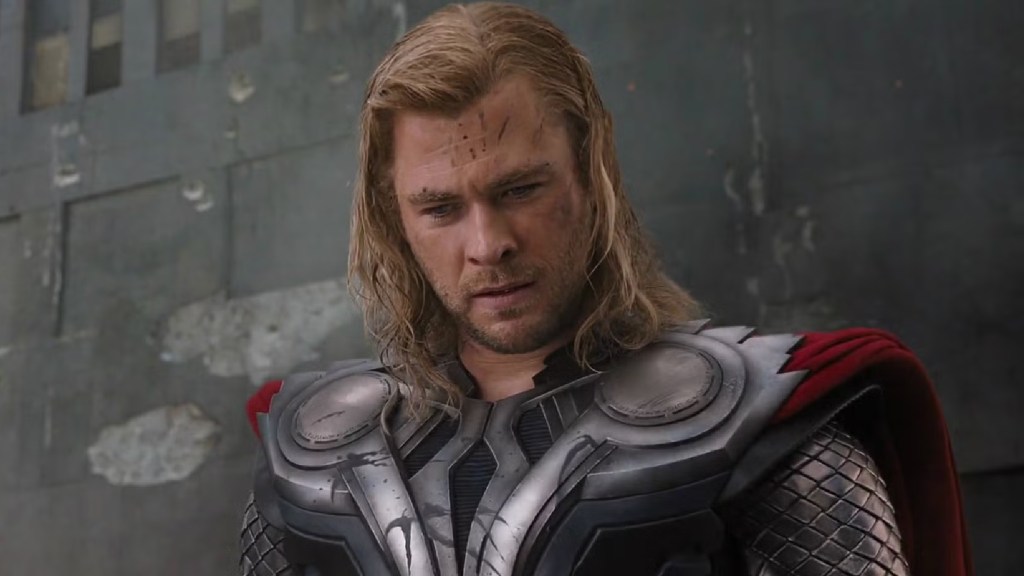
Over the years, Thor has grown into one of the MCU’s most lovable and comedic heroes. Since first being introduced in 2011’s Thor back in Phase 1, the God of Thunder has gone on to star in some of the MCU’s funniest movies, with his character evolving massively over his time in the franchise. This makes rewatching Phase 1 incredibly interesting, though, as the character’s role in the MCU’s early movies is different from that of the character in recent years.
Looking back on Thor and The Avengers, it would seem that Thor is actually a completely different character. The shift in how he was written to incorporate more comedy and make him more relatable led to a widespread fan theory that Thor had actually been replaced by a Skrull, so drastic was the change in his personality. The far more rigid and haughty Thor of Phase 1 is nowhere near as entertaining as the character became in later movies, making his early appearances somewhat jarring in comparison.
10) Bruce Banner & Betty Ross’ Story is Pointless
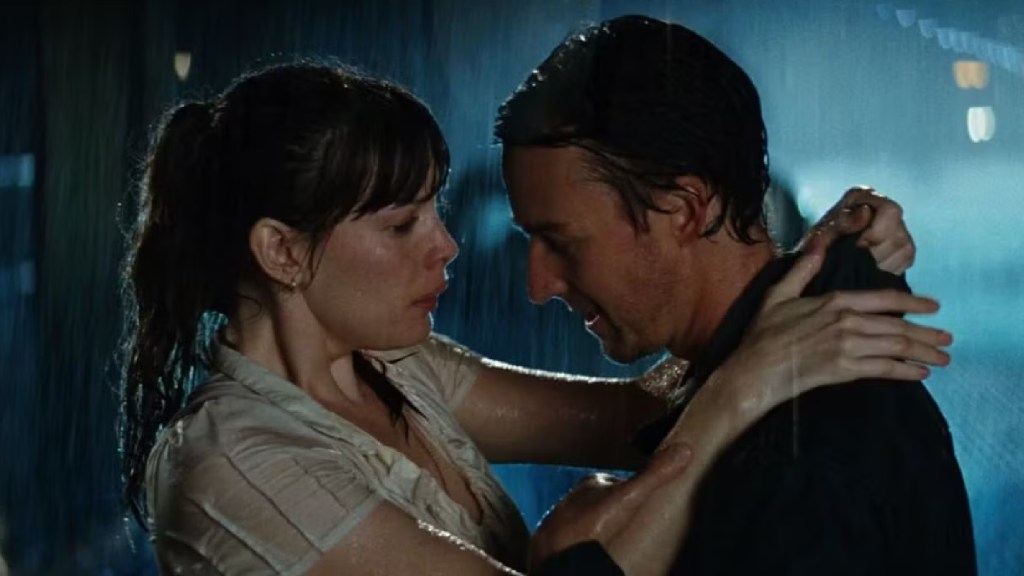
2025 saw the release of Captain America: Brave New World, which featured not just Sam Wilson’s full solo debut as the MCU’s new Captain America, but the return of characters who had been absent since Phase 1. As well as finally paying off The Incredible Hulk‘s setup of Samuel Sterns as the villainous Leader, Brave New World also saw Liv Tyler reprise her role of Betty Ross after 17 years of absence. However, the manner of her return actually confirmed a long-held assumption about the character.
The driving force behind The Incredible Hulk‘s story was the romantic connection between Bruce Banner and Betty Ross. However, with the latter then conspicuously absent from the franchise in the years that followed, it was never followed up on in any of Hulk’s subsequent appearances. Brave New World featuring Ross but not Banner effectively doubled down on the separation between the characters, meaning that rewatching Hulk’s Phase 1 introduction makes their whole romantic story seem entirely redundant in hindsight.




